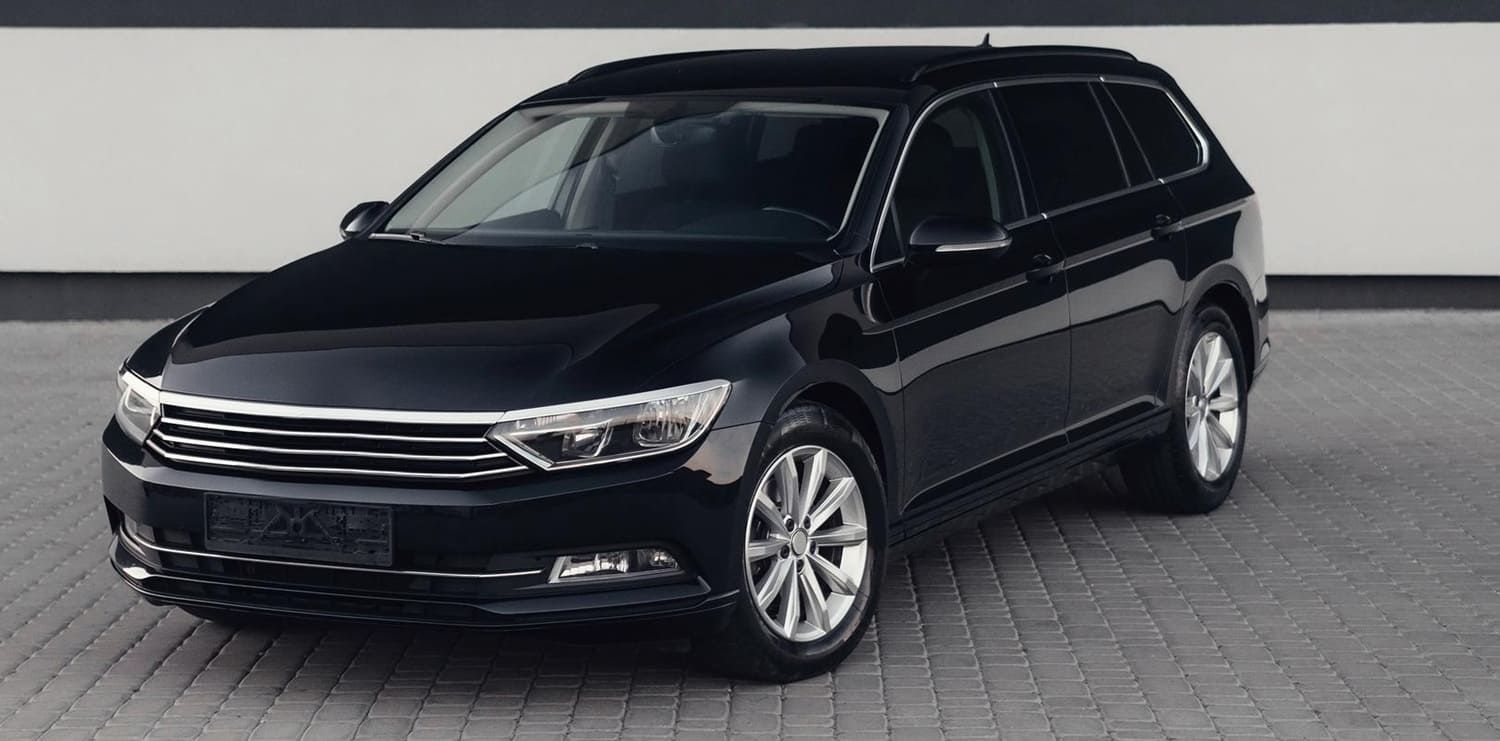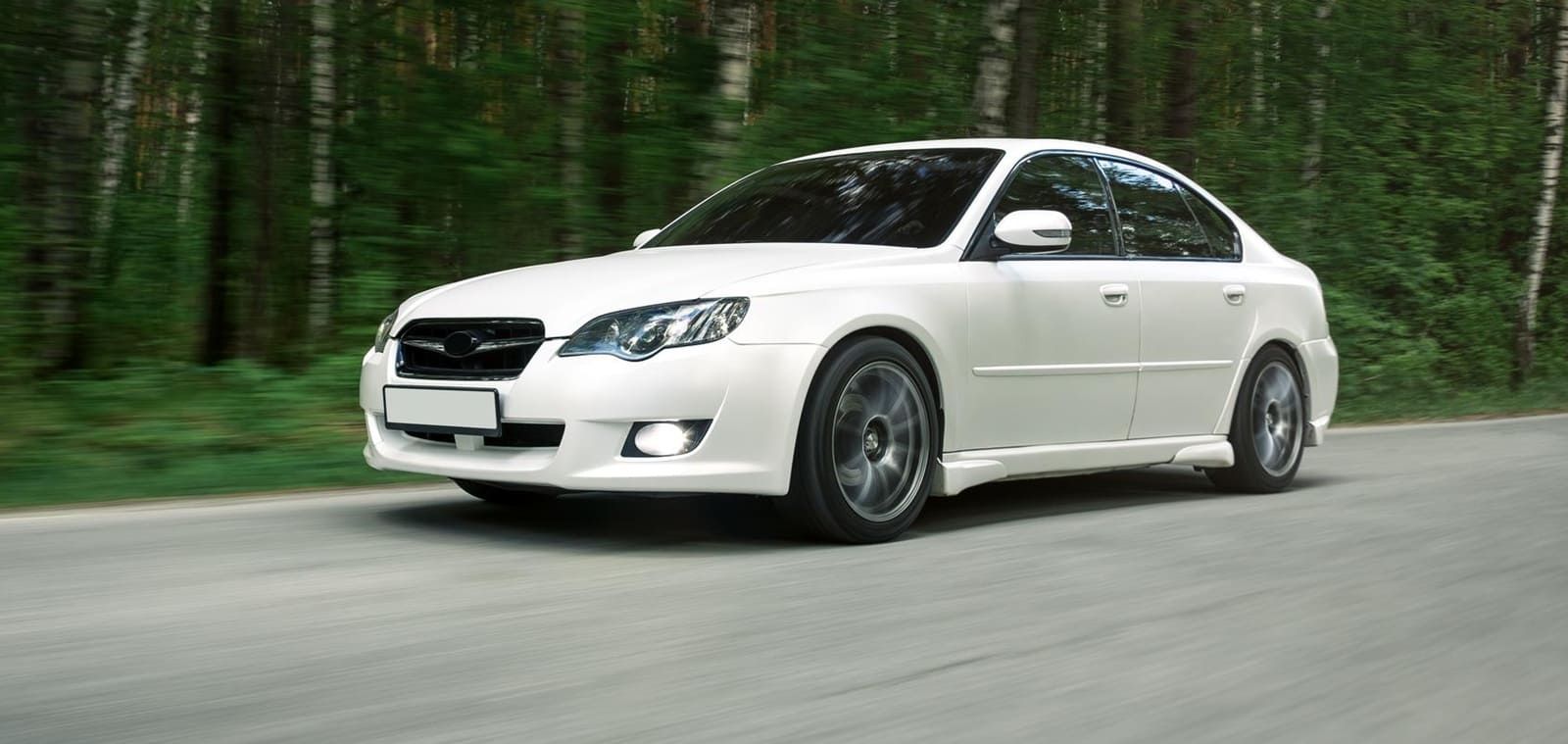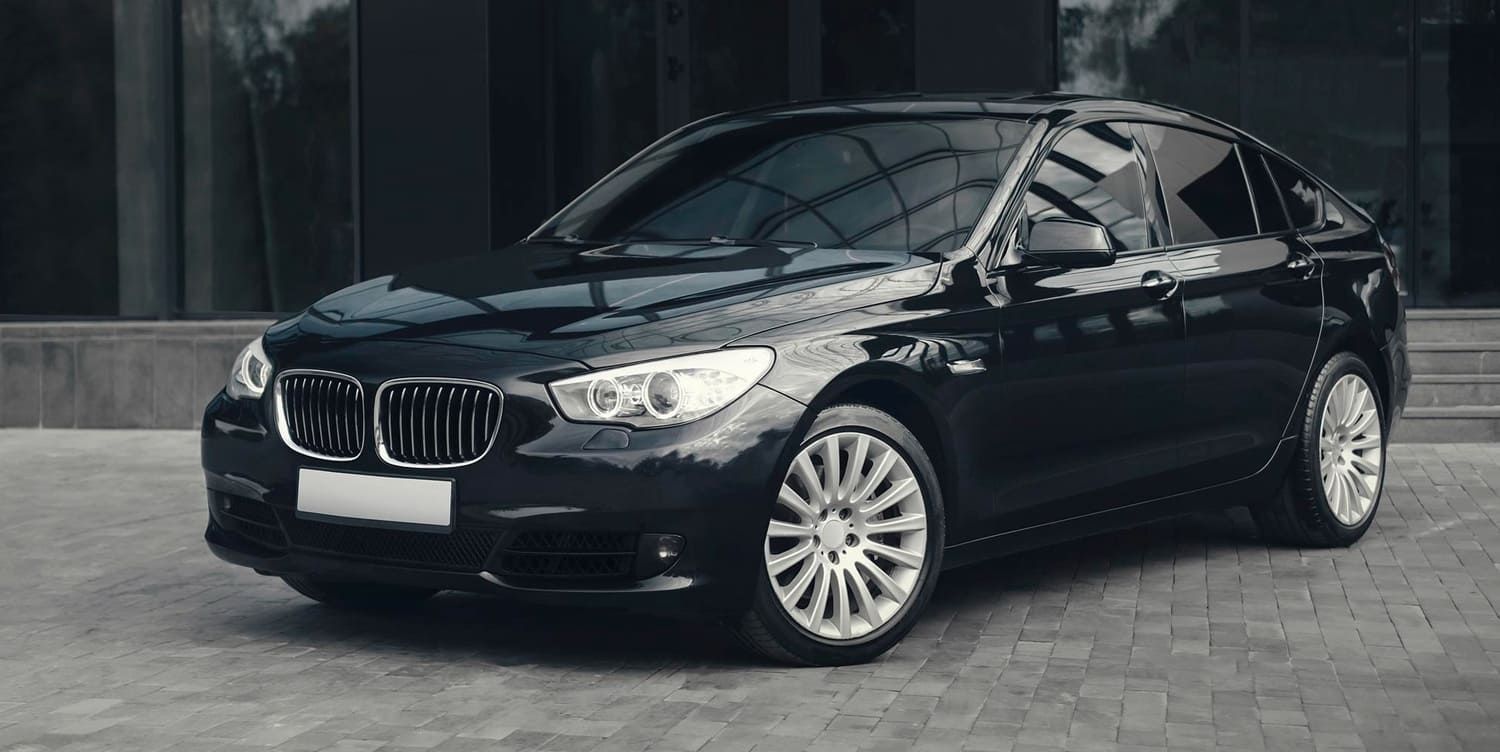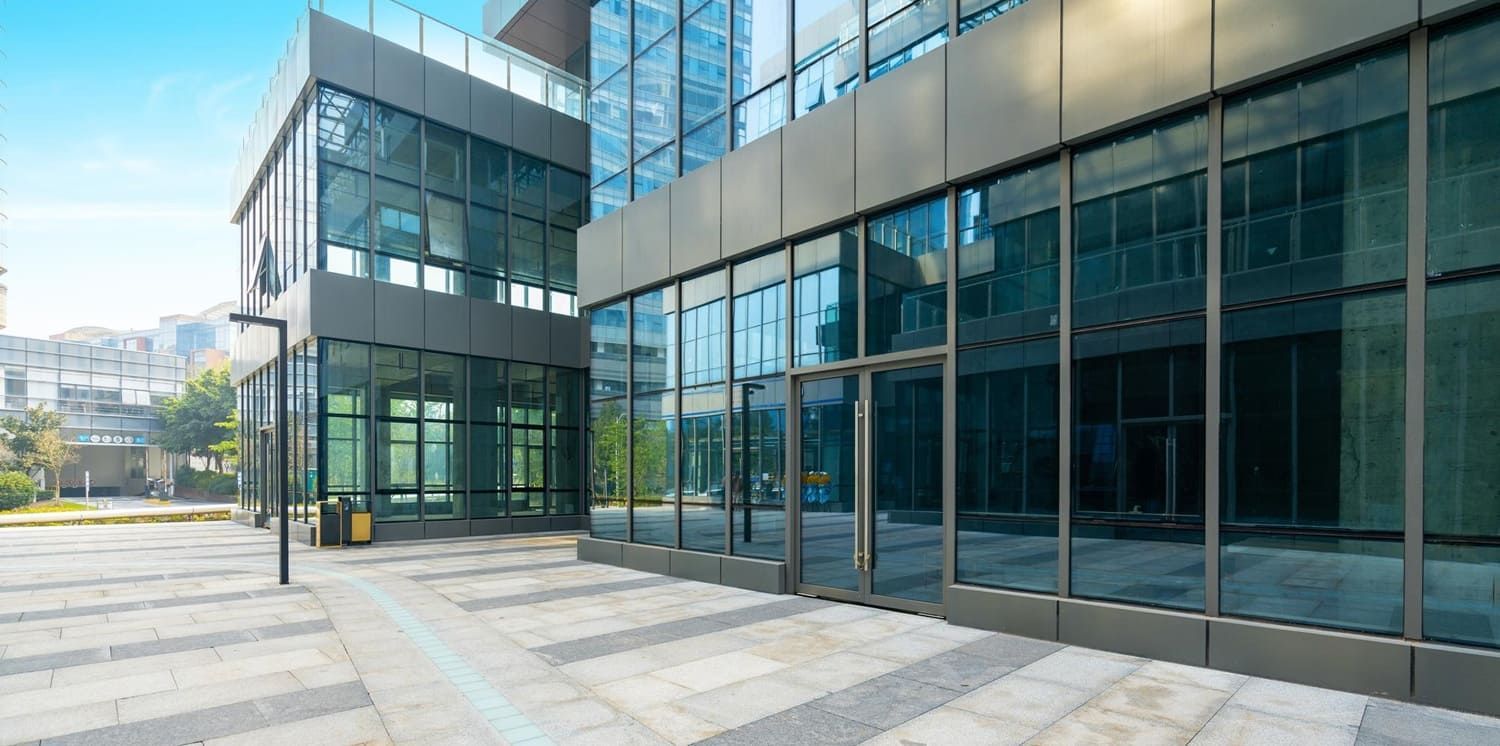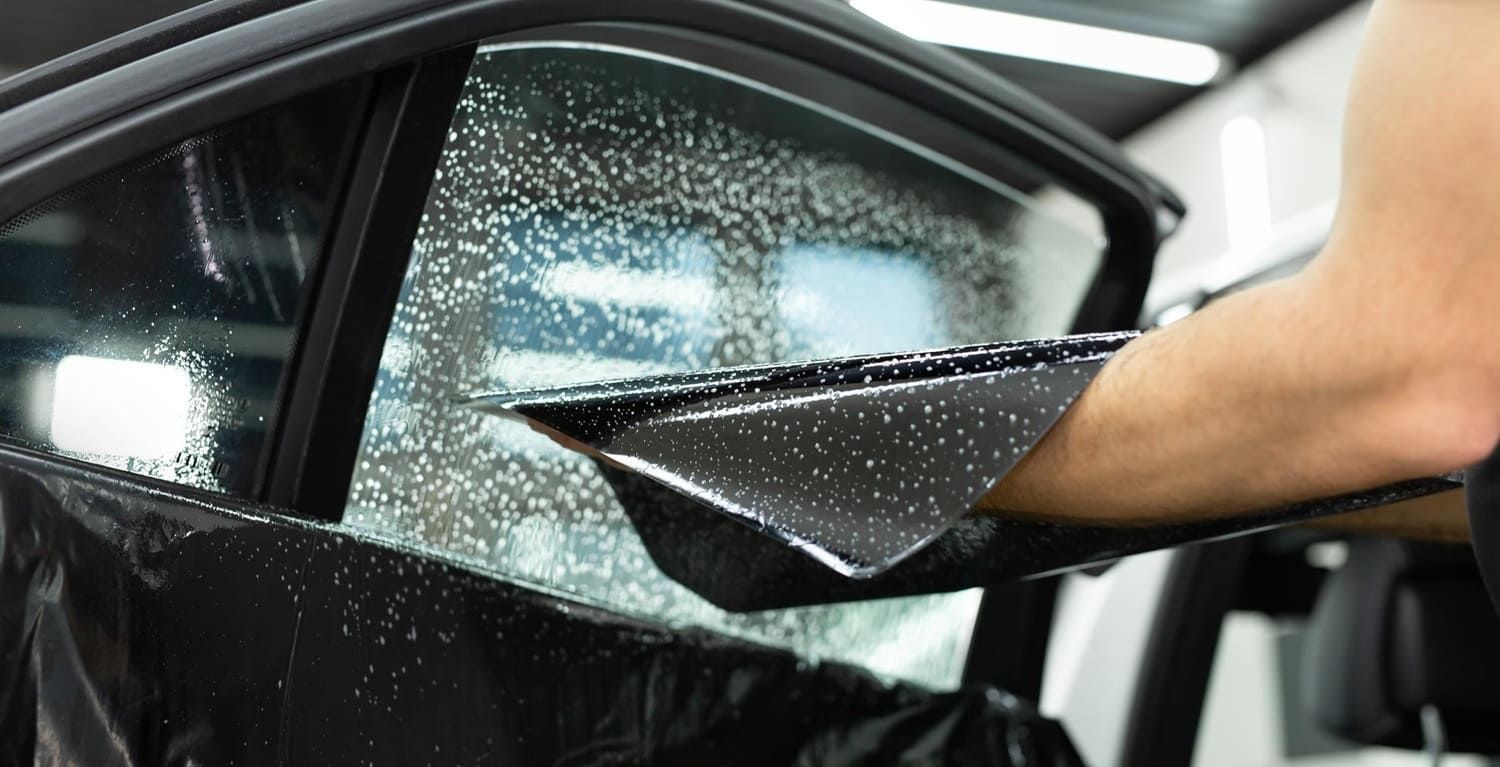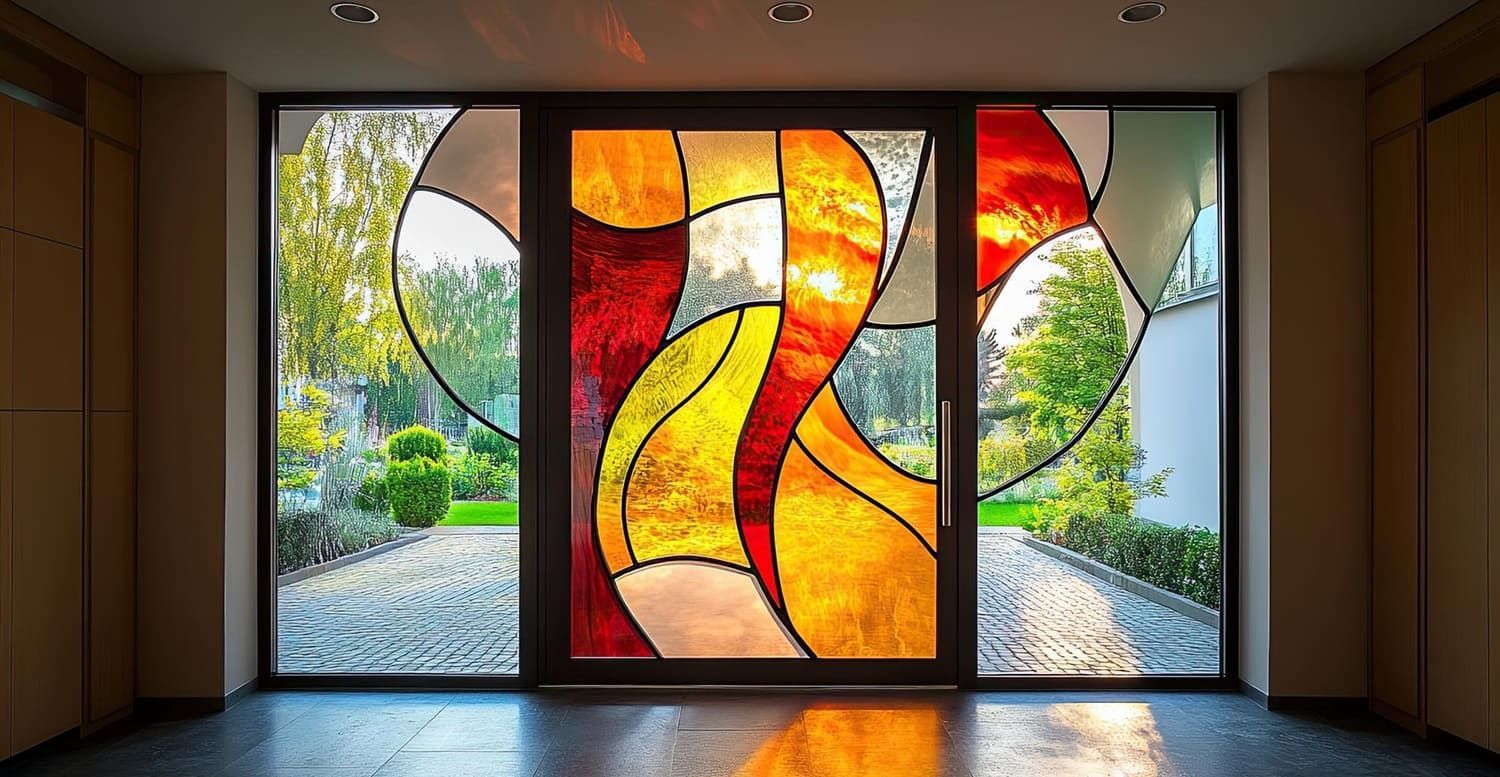Can Tinted Windows Improve Night Driving Safety?
Tinted windows have a thin film applied to them that can reduce glare, block harmful UV rays, and increase privacy. This film can vary in terms of its darkness and reflective properties, offering different levels of protection and aesthetic appeal. The level of tint can vary, and so can the benefits and restrictions associated with their use. It's important to understand how different types of tinting can affect your driving experience and the overall safety of your vehicle.
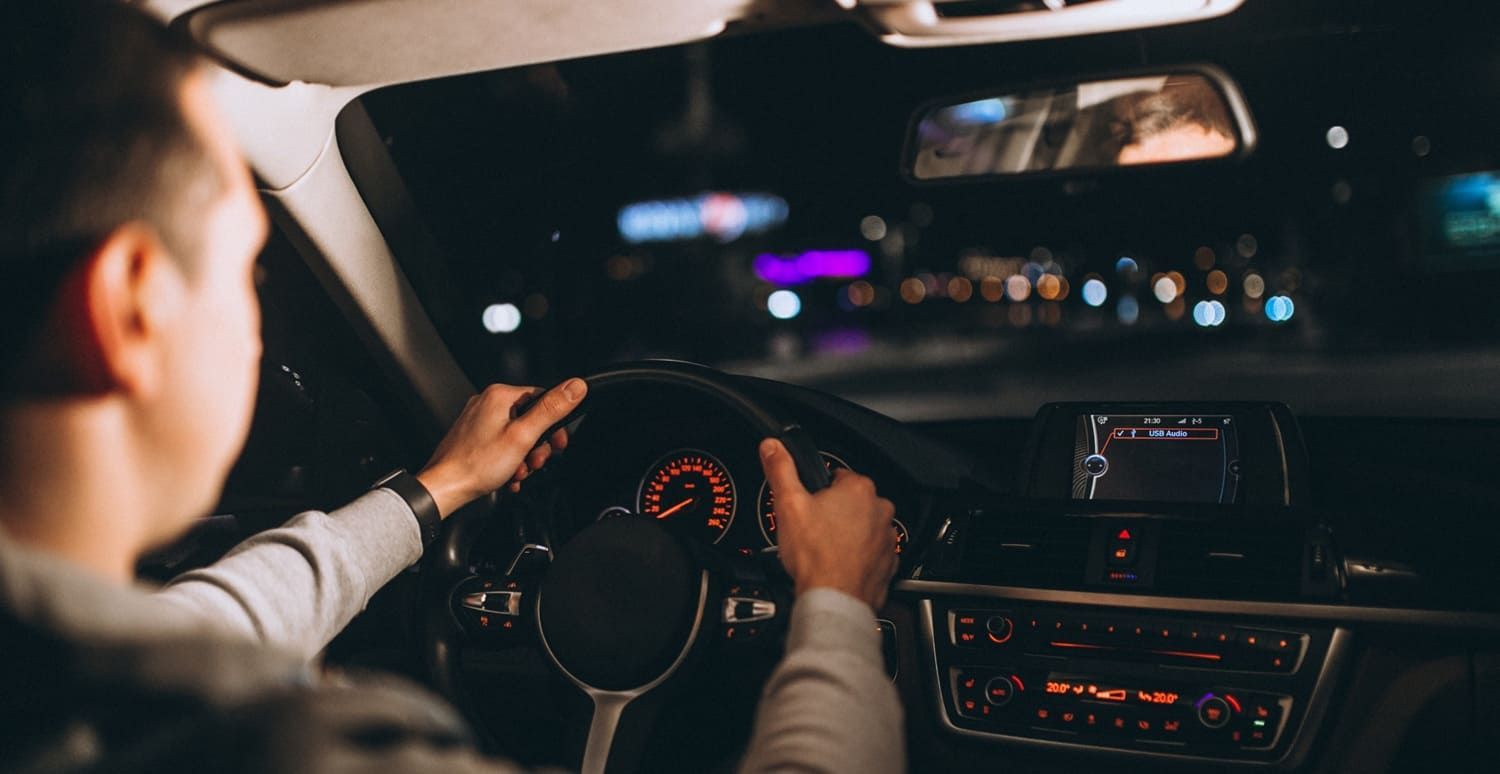
Benefits of Tinted Windows
- Reduced Glare: Tinted windows can significantly reduce glare from headlights and street lights, making it easier to see the road ahead and react to potential hazards. This reduction in glare can help prevent temporary blindness caused by bright lights, allowing for quicker reaction times and safer driving conditions.
- UV Protection: Tinting can block up to 99% of harmful ultraviolet rays, protecting your skin and the interior of your car from sun damage. This protection is not only beneficial during the day but also essential for preserving your vehicle's interior over time, reducing fading and wear on seats and dashboards.
- Privacy and Security: Tinted windows offer increased privacy, making it more difficult for outsiders to see inside your vehicle. This can also deter potential thieves, as it obscures the view of valuables that might be inside your car. For many drivers, this added layer of security provides peace of mind.
- Temperature Control: By reducing heat build-up, tinted windows can help maintain a more comfortable temperature inside your car, which is especially beneficial in hot climates. This can decrease the need for air conditioning, improving fuel efficiency and reducing the strain on your car's engine.
Limitations of Tinted Windows
However, there are also some limitations to consider.
- Reduced Visibility: While tinting can reduce glare, it can also make it harder to see in low-light conditions if the tint is too dark. This reduced visibility can be particularly problematic when driving in poorly lit areas, affecting your ability to see pedestrians, cyclists, and other obstacles on the road.
- Legal Restrictions: Window tint laws vary by state and country, which can limit how dark you can tint your windows legally. Ignoring these laws can lead to fines and the need to remove the tint. It's crucial to understand these regulations to avoid penalties and ensure that your vehicle remains legally compliant.
- Potential Insurance Implications: If your tint doesn't comply with local regulations, you might face issues with insurance claims in the event of an accident. Insurance companies may refuse to cover claims if they believe illegal tinting contributed to the accident, adding a financial risk to the decision to tint your windows.
Tint Regulations and Laws
Understanding the
laws and regulations surrounding window tinting is crucial to ensure compliance and safety. These regulations are designed to strike a balance between the benefits of tinted windows and the need for road safety.
Tint Regulations
The percentage of visible light that can pass through your windows is known as the Visible Light Transmission (VLT) percentage. The lower the VLT, the darker the tint. For instance, a VLT of 5% means only 5% of the outside light passes through the window. This measurement is a critical factor in determining whether your tint is legal and safe for driving.
Florida Window Tint Law 2025
In Florida, window tint laws are specific and can change, such as with the upcoming 2025 regulations. As of now, the law states:
- Front Side Windows: Must allow more than 28% of light in.
- Back Side Windows: Must allow more than 15% of light in.
- Rear Window: Must allow more than 15% of light in.
These regulations are in place to balance the benefits of tinting with the need for driver visibility and road safety. Changes in these laws can affect how drivers choose to tint their windows, making it essential to stay informed about current and future regulations.
Window Tint Laws Elsewhere
Other states and countries have their own window tint laws, which can differ significantly. It's important to check local laws if you frequently drive in different jurisdictions. For example, some regions may have stricter regulations on front window tinting due to safety concerns, while others might allow more leniency on rear window tints.
Compliance and Safety
To ensure safety and compliance, consider using a reputable company like Llumar Car Window Tinting, which offers high-quality products that adhere to legal standards. Professional installers can provide guidance on the best tint options for your vehicle while ensuring that the installation meets all necessary legal requirements.
Impact of Tinted Windows on Night Driving
Tinted windows can influence night driving in various ways. Here's a breakdown of how they might affect your ability to drive safely after dark.
Positive Impacts
- Glare Reduction: As mentioned, reducing glare from oncoming headlights and streetlights can make driving at night less stressful and safer. This can be particularly beneficial for those who drive long distances at night, as it reduces eye strain and helps maintain focus.
- Comfort: A more comfortable cabin temperature can reduce driver fatigue, which is crucial for maintaining focus during night drives. When you're not preoccupied with adjusting the air conditioning or feeling discomfort from heat, you can concentrate better on the road.
Potential Drawbacks
- Visibility Concerns: If the tint is too dark, it could impair your ability to see pedestrians, cyclists, and road signs clearly, especially in poorly lit areas. This can lead to dangerous situations, such as missing important traffic signals or failing to notice obstacles in time to react safely.
- Adjustment Period: Drivers accustomed to untinted windows might need time to adjust to the changes in visibility that tinting brings. This adjustment period can vary, and during this time, it might be wise to take extra precautions when driving at night to ensure safety.
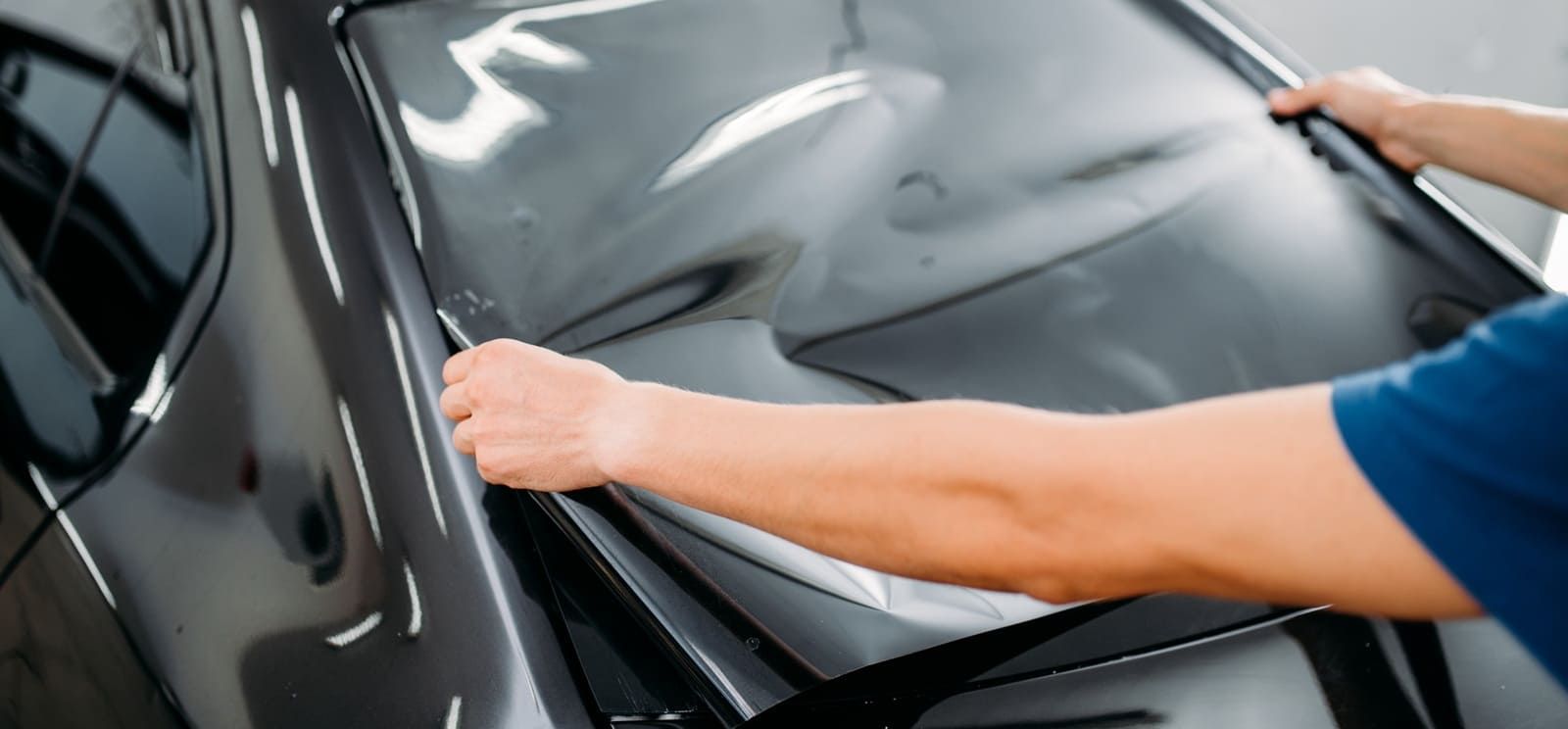
Choosing the Right Tint
When considering tinting your car windows, it's important to find a balance between the benefits and the legal requirements. The right tint can enhance your driving experience without compromising safety or legality.
Professional Installation
Opting for professional installation ensures that the tint is applied correctly, adheres to legal standards, and provides the best performance. Professional installers have the expertise to recommend the ideal tint level for your vehicle and driving habits, ensuring optimal safety and compliance.
Consider Your Environment
Think about the typical driving conditions you face. If you often drive in areas with bright sunlight and glare, a slightly darker tint might be beneficial. However, if you frequently drive in dimly lit areas, a lighter tint could be a safer choice. Tailoring your tint choice to your environment helps maximize the benefits while minimizing potential drawbacks.
Stay Informed
Keep up to date with any changes in local laws, such as the Florida window tint law 2025, to ensure your vehicle remains compliant. Regularly reviewing tint laws can prevent potential legal issues and help you make informed decisions about any future tint modifications.
Conclusion
Tinted windows can offer several benefits for night driving, including glare reduction and UV protection. With Solar X of the Palms in West Palm Beach, FL, a trusted LLumar Dealer and premier car window tinting installer near you, you’ll receive expert guidance on choosing the right level of tint for both safety and performance. While tinted windows improve comfort and protection, it’s important to also consider potential visibility issues and legal restrictions.
By understanding the laws, choosing the right tint percentage, and considering your typical driving environment, you can enhance your night driving experience while staying safe and compliant. Consulting professionals at Solar X of the Palms ensures you get the perfect solution tailored to your needs.
With the right approach, tinted windows can positively contribute to your night driving safety. Assessing the pros and cons, staying informed about Florida’s legal requirements, and working with trusted installers like Solar X of the Palms will help you make the best choice for your vehicle.
Contact Solar X of the Palms in West Palm Beach, FL today for your free estimate and enjoy safer, more comfortable driving with professional LLumar tint installation.
Frequently Asked Questions About Tinted Windows and Night Driving Safety
Can tinted windows improve night driving safety?
Yes. Quality films reduce glare from headlights and streetlights.
Does tinting make it harder to see at night?
Only if the film is too dark. Legal, lighter tints maintain visibility.
Which type of tint is best for night driving?
Ceramic tint works best because it cuts glare without being overly dark.
Does tinting reduce eye strain while driving at night?
Yes. It softens harsh lights, helping your eyes adjust more comfortably.
Can dark tint be unsafe for night driving?
Yes. Overly dark films limit visibility and reaction time.
Is tinting legal for night driving safety in all states?
No. Each state has laws that set limits on how dark tint can be.
Does tinting affect rearview and side mirror use at night?
Quality, lighter films keep reflections clear without distortion.
Can tinted windows benefit drivers with light-sensitive eyes?
Yes. Tinting helps reduce glare, making night driving safer.


